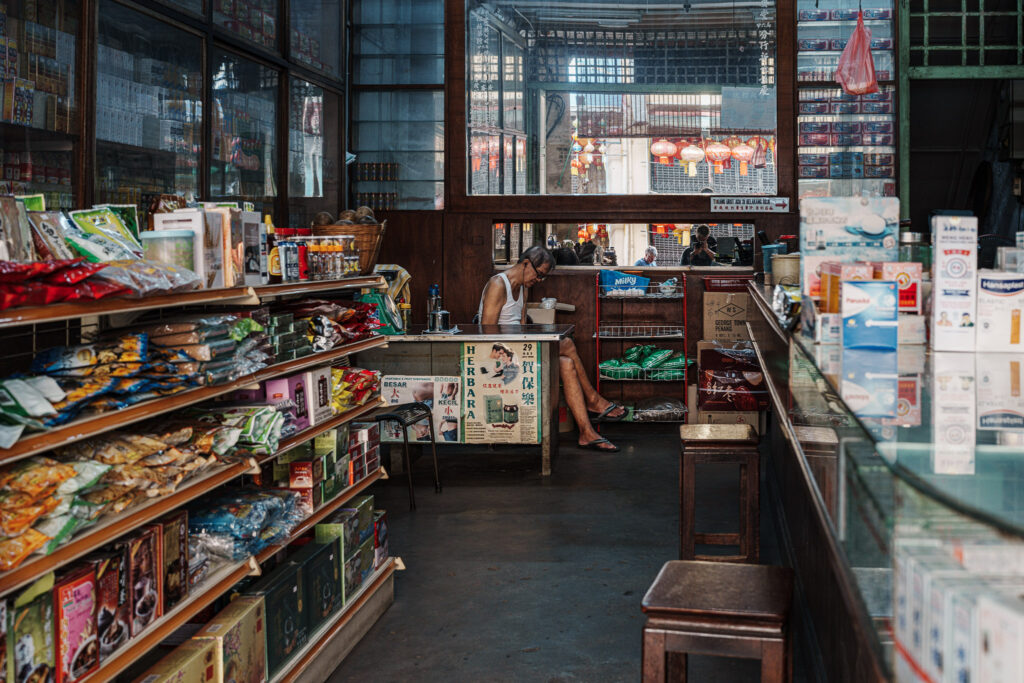Photography as Conversation

The visual arts has always been one of the most compelling endeavours of humanity. And photography has endured the test of time, from the first daguerreotypes to more contemporary digital creations. We all love a great photo: one that makes us stop, look, think, reflect and delve deeper into the frame.
The truth of it is that we don’t just look at photographs, we feel them, we interpret them, and we connect with others through them. Photographs aren’t just objects; they’re invitations. Each image invites us into a conversation: between photographer and subject, between image and viewer, and between viewers themselves.
How do we connect through photographs?
Part of it is about the way the medium of photography works. Unlike painting, sculpture or writing, a photograph has an indexical link to the world: it was physically made by light bouncing off something real (film negative, the sensor). This fact alone infuses photography with a special charge. When we look at a photograph, we’re not just seeing an image; we’re seeing a trace of a moment that actually happened, or the belief that what is in the image has happened.
This is what Roland Barthes called the “that-has-been” of photography, and it’s why sometimes the simplest snapshot can carry such emotional weight. That index to reality makes photographs feel immediate and intimate. But what makes photographs powerful isn’t just their truth; it’s their construction and the way they’re being interpreted.
Every photograph is the result of a series of decisions made by the author. Where to stand, when to press the shutter, what to include, what to crop out. Whether to let the shadows deepen or the highlights burn.
Aperture, shutter speed, focal length — all the so-called “technical” choices are also aesthetic ones. They don’t just capture reality; they shape the way it feels. They push us to read an image as intimate or detached, joyous or sombre, monumental or fleeting.
The analogy of photographer as author is a particularly pertinent one. Think about the choices made as if they are words in a sentence. A wide-angle lens with everything in focus tells us that the whole scene matters, that context is important. A shallow depth of field says: look here, this person, this gesture. A long exposure turns water into silk, suggesting timelessness or dreaminess. A frozen, high-speed shot of the same water insists on energy, immediacy, action. The subject may be identical but the meaning couldn’t be more different.
But it’s also important to understand that meaning isn’t only built in the camera. It’s also built in the viewer. As cultural theorist Stuart Hall argued, media is always “encoded” by its maker but “decoded” by the viewer in different ways. There is no guarantee the photograph will be read as intended. Viewers bring their own stories, assumptions, and cultural baggage. The same photograph can be celebratory and sad at the same time, depending on who is looking.
This elasticity also explains why photographs can feel so personal. They meet us where we are at in life. A portrait can invite empathy by focusing on a glance, a wrinkle, or a hand gesture, but the empathy it sparks may vary. Some see dignity, others vulnerability, others resilience. Similarly, a sweeping landscape can prompt awe, pride, or even grief if it reminds us of what’s been lost. The conversation changes with the viewer, with the moment, with the culture in which it circulates.
This is why photographs are worth talking about. They are moments of asynchronous connection between photographer and viewers, taking place across time and place. They give us something to feel together, to argue about, to reinterpret.
One of the greatest joys a photographer can have is to experience the way their photograph is received, to hear multiple interpretations that have embedded within them the life and cultural experiences of the viewer. A simple image takes on depth and dimension when a viewer connects with it on an emotional level and is able to articulate this.
This is why your images need to be shown: displayed, exhibited, published. Because this is how your images make dialogue possible.


No Comments